Abstract:
Brazil is one of the main producers of e-waste in the world, but its waste management system does not encourage a circular economy. The country lacks reliable data on important metrics such as rates of collection and recycling and the destination of resources. There has been a slow regulatory progress, but it is not possible to measure its effectiveness without the aforementioned data. We obtained primary data to bridge this information gap by mapping and interviewing e-waste recyclers in Brazil. The mapping identified 140 recyclers, of which 82 were confirmed. Their geographical distribution closely matches the demographics. The COVID-19 pandemic did not have a severe impact on the country’s e-waste recycling chain. We have been able to estimate that Brazil recycles about 1.6 kt of e-waste per month (77 kt per year), based on the amount of waste processed, which is only 3.6 % of the total e-waste generated. There is an uneven size distribution among e-waste recyclers; most (51.4 %) are small facilities processing ≤ 10 t per month. Large facilities (processing ≥100 t per month) are in the minority (11.4 %), yet they are responsible for processing 70.5 %. These large facilities have the most advanced and automated processes, while the small facilities rely mainly on manual tools to dismantle the incoming e-waste. Despite observing an increase in more advanced processes, there has also been an increase in the number of facilities that export material (mainly to the USA and Europe). Therefore, Brazil is still unable to recover valuable end-materials from the recycling chain (e.g., gold, silver, rare earth elements), but seems to be supplying a more valuable product to international buyers who will, in turn, recover these end-materials.
Reference:
DIAS, Pablo; PALOMERO, João; CENCI, Marcelo Pilotto; SCARAZZATO, Tatiana; BERNARDES, Andréa Moura. Electronic waste in Brazil: generation, collection, recycling and the covid pandemic. Cleaner Waste Systems, v.3, 100022, 2022.
Access to the article on the Journal’s website:
https://www.sciencedirect.com/science/article/pii/S2772912522000227#!
Brazil is one of the main producers of e-waste in the world, but its waste management system does not encourage a circular economy. The country lacks reliable data on important metrics such as rates of collection and recycling and the destination of resources. There has been a slow regulatory progress, but it is not possible to measure its effectiveness without the aforementioned data. We obtained primary data to bridge this information gap by mapping and interviewing e-waste recyclers in Brazil. The mapping identified 140 recyclers, of which 82 were confirmed. Their geographical distribution closely matches the demographics. The COVID-19 pandemic did not have a severe impact on the country’s e-waste recycling chain. We have been able to estimate that Brazil recycles about 1.6 kt of e-waste per month (77 kt per year), based on the amount of waste processed, which is only 3.6 % of the total e-waste generated. There is an uneven size distribution among e-waste recyclers; most (51.4 %) are small facilities processing ≤ 10 t per month. Large facilities (processing ≥100 t per month) are in the minority (11.4 %), yet they are responsible for processing 70.5 %. These large facilities have the most advanced and automated processes, while the small facilities rely mainly on manual tools to dismantle the incoming e-waste. Despite observing an increase in more advanced processes, there has also been an increase in the number of facilities that export material (mainly to the USA and Europe). Therefore, Brazil is still unable to recover valuable end-materials from the recycling chain (e.g., gold, silver, rare earth elements), but seems to be supplying a more valuable product to international buyers who will, in turn, recover these end-materials.
Reference:
DIAS, Pablo; PALOMERO, João; CENCI, Marcelo Pilotto; SCARAZZATO, Tatiana; BERNARDES, Andréa Moura. Electronic waste in Brazil: generation, collection, recycling and the covid pandemic. Cleaner Waste Systems, v.3, 100022, 2022.
Access to the article on the Journal’s website:
https://www.sciencedirect.com/science/article/pii/S2772912522000227#!






